Meet our already confirmed speakers that are coming to Iasi on April 2018.




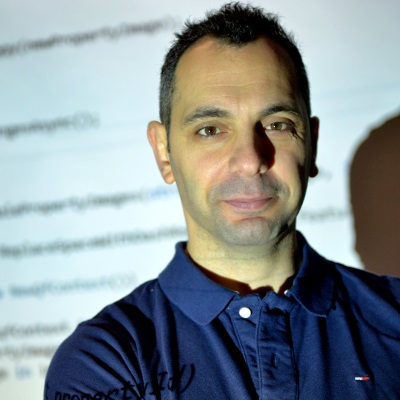
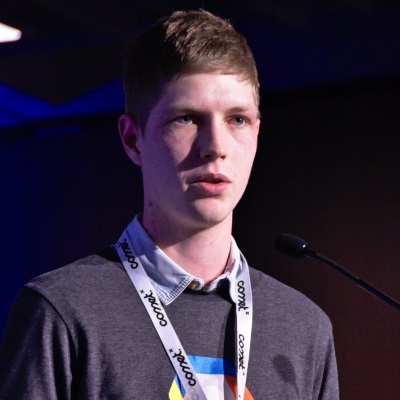



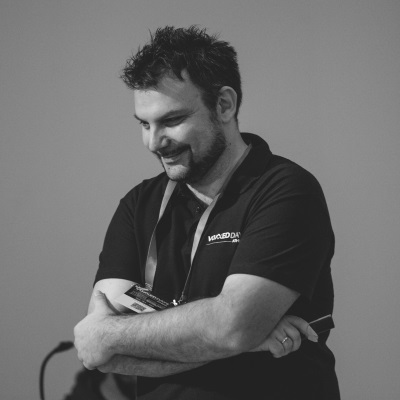






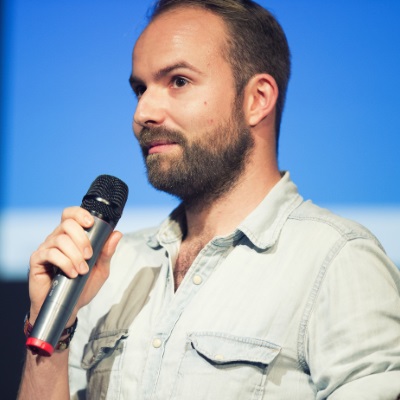


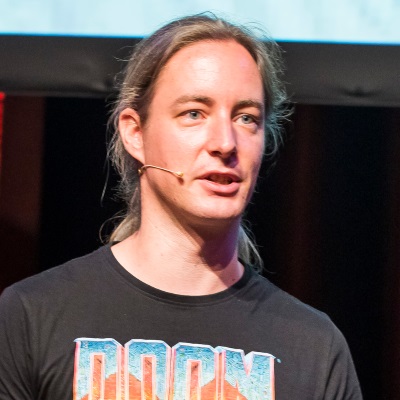

You get the chance to meet open minded professionals covering different roles in building a software project. From Business Analysts, Product Managers, Technical Leads, DevOps and QA Engineers, everyone can find valuable information and advice, learn new skills and practices.
It is a well-known fact that Iasi has got its talent in IT & C. Our city is one of the top 3 major names when it comes to outsourcing & IT development in the country. Almost 10% of the local employees are working in this industry, famous brands in technology already have new offices here, and startups are consistently being developed. Yet, a recent study tells us that local professionals are the most eager to leave the country for a job opportunity. Our ambition is to change that, by building a stronger community.
DevExperience is the first international conference where software developers from all over the world bring their real & valuable findings to our Iasi software community. It is structured as a training event where experienced people share the latest in practices, tools and technology with a local community eager to learn and improve.
DevExperience was attentively created by IT’S WISE team of specialists and their collaborators. We were completely involved, attended or spoke at many notable conferences in the industry. In DevExperience we combined good ideas from all of them. Hence, an event which has a professional agenda and top industry speakers.
We got a bunch of surprises for you and we know for sure that you will simply love this edition - 400 cool people, 2 Keynotes, over 20 international speakers and 5 very attractive tracks. So make sure that you get your ticket now!
This ticket allows you access to the conference day, 23 April (lunch not included).
For Sunday 22 April and Tuesday 24 April we have prepared these full day workshops:

Vladimir is Software Architect and Independent Consultant, worldwide speaker, author of React Native - build mobile apps with JavaScript and several workshops and courses. He brings years of experience in JavaScript ecosystem and is one of early React and React Native adopters.
On daily basis Vladimir works in Web, Mobile, VR/AR and IoT fields both for wide range of customers around the globe as well as on his personal projects. Previously he worked in Sports, Gaming, Video and Entertainment industries as Lead Architect & Team Leader
React Native since it was released forever changed the face of mobile development. Building mobile apps with JavaScript is not a new idea, but React Native changed how it can be done. Instead of running JavaScript apps in containers which could not ever compare to native ones, React Native is about building apps with JavaScript, but getting performance of real mobile apps. That happens due to the fact that actual code that runs on device is Objective-C or Java and alternatively Swift and Kotlin.
In this hands-on workshop we will cover basics of React Native development and you will see how easily can we build chat application similar to WhatsApp in both design and functionality. You will be amazed how fast you can develop applications in React Native for both iOS and Android due to amazing developer experience it offers.
Topics we will cover include:
How React Native works under the hood
A brief introduction to React
Creating your first React Native application
Overview of developer tools and debugging tips and tricks
ES6/7 highlights relevant to React Native development (classes, async/await, property initializers)
Core components in React Native
Images and SVG Icons in React Native
Styling your mobile app using flexbox with yoga layouting engine
Building navigation workflows for your app
Animations in React Native
Connecting our app to API
Storing data for offline usage.

Viktor Farcic is a senior consultant at CloudBees, member of the Docker Captains, and author.
Passionate about DevOps, microservices, continuous integration, delivery and deployment, and test-driven development, Viktor often speaks at community gatherings and conferences. He published The DevOps 2.0 Toolkit: Automating the Continuous Deployment Pipeline with Containerized Microservices; The DevOps 2.1 Toolkit: Docker Swarm, and the Test-Driven Java Development. His random thoughts and tutorials can be found in his blog.
What do we expect from a modern cluster? If a replica fails, it should be brought back up (rescheduled). If a node goes down all the services that were running inside it should be distributed among healthy nodes. Those tasks are easy to accomplish. Schedulers (Swarm, Kubernetes, Mesos/Marathon, and so on) are already doing those things for us. Many solutions provide self-healing by making sure that the system is (almost) always in the desired state.
The problem with self-healing is that it does not take into the account constant changes. The number of requests is continuously changing, errors are created, network bandwidth is fluctuating, and so on. A cluster, and services inside it, is like a living body that needs to adapt to changes continuously. Services need to be scaled and de-scaled, nodes need to be created and added to the cluster only to be removed soon after. We call that process adaptation. Even that is not the problem in itself, as long as we have an army of operators that will monitor the system and do reactive and preventive actions.
How about converting adaptation into self-adaptation? Can we remove humans from the process and make a system that is self-sufficient?
The goal of this workshop is to provide hands-on exercises that outline the steps required for a design of a self-adapting and self-healing system that will continue operating efficiently even when we are on vacations. We'll define goals and processes and explore quite a few tools (Docker, Prometheus, Alertmanager, Jenkins, AWS, and so on). The end-result of the workshop will be a base for a self-sufficient system that you'll be able to implement in your organization.

Seretta Gamba has 40 years’ experience in development and fifteen in test automation.
After going through all the usual developer roles, in 2001 she was put in charge of test automation for her company. She developed a framework that enabled her company to quickly get excellent results. Having talked about the framework in a couple of conferences she met Dorothy Graham and was invited to write a chapter in the book, Experiences of Test Automation. With Dorothy Graham she has been developing the Test Automation Patterns Wiki and is now writing a story book about the patterns.
Just as to be able to drive a car you need more than to know that it has a steering wheel, a gas pedal, brakes and a clutch, so with test automation getting a tool and learning to code will not make you a test automator. Seretta Gamba helps you get your ‘Licence to Automate’ with examples, exercises and discussions. Seretta shows you not only where most novice automators go wrong, but how to do it right from the very beginning! Such problems have long been solved by experienced practitioners and their solutions have been collected by Dorothy Graham and Seretta in the Test Automation Patterns. Seretta introduces you to the Test Automation Patterns Wiki, explains how to use it and lets you try it out with intuitive exercises. Since, to do the exercises, you will have to use the internet, you should bring a laptop, tablet etc.
In this tutorial you will not learn to code, but instead understand what distinguishes an excellent test automator from just one more test automator.
Covered Patterns:
WHOLE TEAM APPROACH
MAINTAINABLE TESTWARE
GOOD PROGRAMMING PRACTICES
ABSTRACTION LEVELS
DESIGN FOR REUSE
INDEPENDENT TEST CASES
FAIL GRACEFULLY
ONE CLEAR PURPOSE
TESTWARE ARCHITECTURE
TOOL INDEPENDENCE
TEST AUTOMATION OWNER
OBJECT MAP and more

Ádám moved from application development to a consultancy career in cloud native computing.
He currently works at Amsterdam-based consultancy Container Solutions. He is helping companies succeed in improving their delivery of business critical software by combining his application development experience with knowledge of container-based infrastructure.
During the past two years Kubernetes has become the most widely used platform to run cloud native applications. In this hands-on workshop we will cover the fundamental concepts and features of Kubernetes, and learn best practices for deploying your applications.
Topics we will cover include:
Scheduling containers on your cluster
Hardening applications against failures
Making application highly available using load balancing
Service discovery
Handling traffic spikes with autoscaling
Managing access rights to the Kubernetes API using RBAC
Controlling network traffic using Network Policies